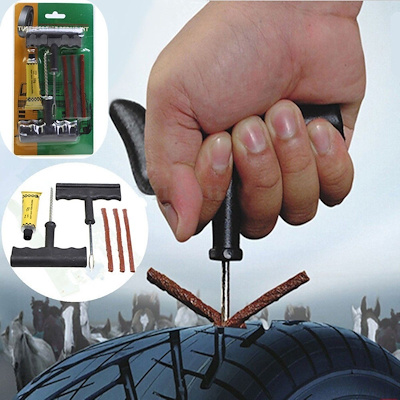“This post contains affiliate links, and I will be compensated if you make a purchase after clicking on my links.”
The tires are the most important parts of the car. If the tire is cracked, the movement will also be affected. Below we will tell you how to fix cracked tires – step by step guide.
If one of the other parts of the car is damaged, we can still move, but if it is a tire, it is certainly not possible. So the tire plays a very important role and you have to pay attention to it, check it often. They are easy to damage and wear and not exist forever.
The most common problem you have with tires is cracks. Many mechanics and car repair centers will recommend replacing new tires, but that is very expensive. We will give you the main causes of the problems and how to fix them.
10 Year Anniversary Sale – Up to 50% off of thousands of tires
Valid through July 18, 2022
Available at SimpleTire.com
Contents
Before you try to fix a cracked tire, you should learn the common causes to prevent this in the first place.
Your tires contain various compounds such as oils that keep in good condition, antioxidants. But when you use the car for a long time or keep the car in one place, these compounds will evaporate or seep into the ground on the road you move, there will be nothing to protect your tires. Moreover, the motors were also damaged.
High temperature is not good for rubber, it will be dry and cracked. Ultraviolet light will make the tires drier
Ultraviolet light will make the tires drier
Your money is not enough to buy high-quality tires so you choose to buy a less expensive model. In this case, it will have a perfect exterior shape but the interior is quite poorly built. That makes your tires more quickly damaged.
When the mechanic insists that you should maintain it, you should follow. The service will make your tires more smooth and safer.
Before changing tires you can try the methods below, it will save you money. But few places can guarantee the safety of repairs, so please be aware, this repair is only temporary.
This method is like sealing a puncture, it will be effective for small cracks. The most important is that the sealant used is suitable for the type of tire you have.
You need to have:
Guide
Step 1: Check cracks and let the tires cool down
It is important to carefully examine the cracks on the tires, to determine which cracks you will repair.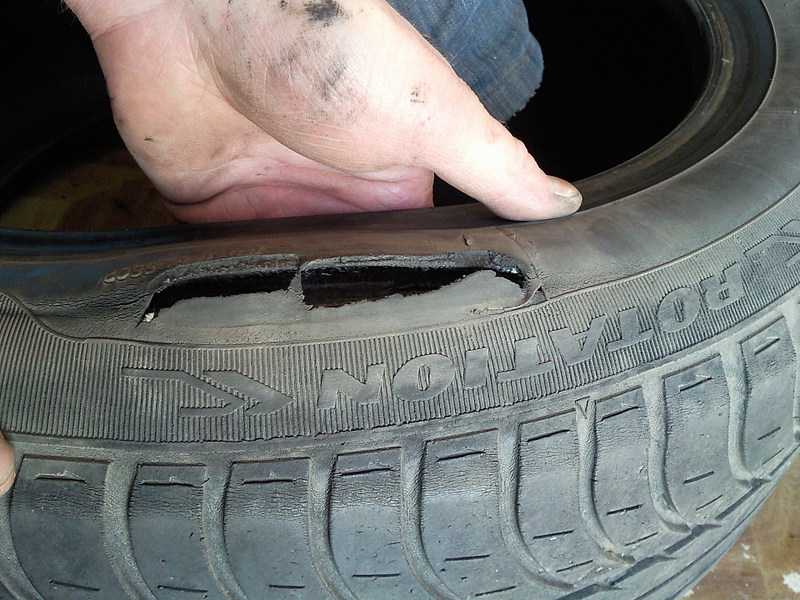 Then let the tire cool down after friction on the road.
Then let the tire cool down after friction on the road.
Step 2: Remove the tire
Remove the tires once they have cooled. You cannot do the job if the tire is still sealed. You can only see the tire cracking both inside and outside when removing the tire. You will determine one more time before you start fixing the tire.
Step 3: Clean the position of the tire that needs repair
You can use carburetor cleaners, which are available at car repair shops. Use it to spray the locations of tires that need to be repaired and allow them to dry.
Step 4: Use sealant
After checking your tires. You will prepare a sealant suitable for the type of tire you are using, it needs to be mixed up.
Once the sealant is in place, apply it to the tires as instructed. Be careful as this may seal the injector or nozzle into the valve body. Completely eliminate any excess on the tire surface.
Step 5: Reinflate and reset tires
Use a pressure gauge to ensure an appropriate pressure level.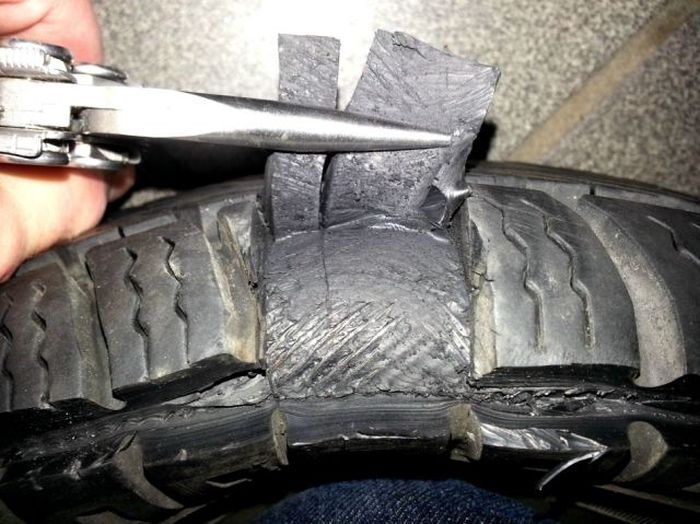 This is important because working on tires can cause air loss.
This is important because working on tires can cause air loss.
Finally, reset your tire, check it again to see if it is sealed and you can drive around.
A protective agent will be a coating to shield against external harmful agents and rejuvenate rubber.
You need to have:
Guide
Step 1: Check cracks and let the tires cool down
Before working with tires, you need to let the tires cool down to ensure safety. Check outside for damaged tire locations.
Step 2: Remove to tire
Next to should remove the cracked tire. Like the above method, you cannot work when the tire is still on the vehicle. When the tire is removed, you need to clearly identify the areas that need to be repaired and their size to make sure that you don’t miss a part.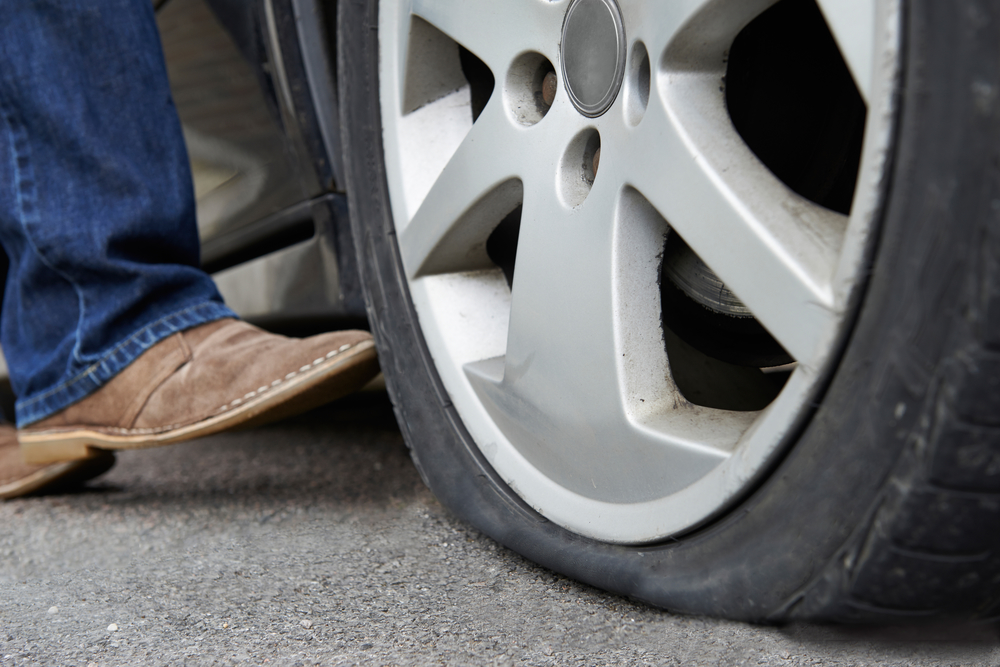
Step 3: Coat the degreaser
Apply degreaser to the tires after identifying cracks. And in every degreaser, there is a user manual included. You can use a sponge, apply some degreaser on it, and spread it evenly over the tires, covering the entire surface.
Step 4: Scrub and wash tires
Leave the degreaser on the tires for a few minutes. Then rub the surface of the tire with a sponge. Be more careful with cracks. Take a clean cloth and wipe thoroughly. After cleaning, place your faucet to gently wash the entire surface of the tire. Wash continuously until you are sure the tires are clean. Then let them dry for a while.
Step 5: Apply protective agent and reset tire
This is the most important step in the process. After the tire has dried, you need to apply protectants to the entire surface, not just the cracked area, there is no guarantee that the other situation will not occur.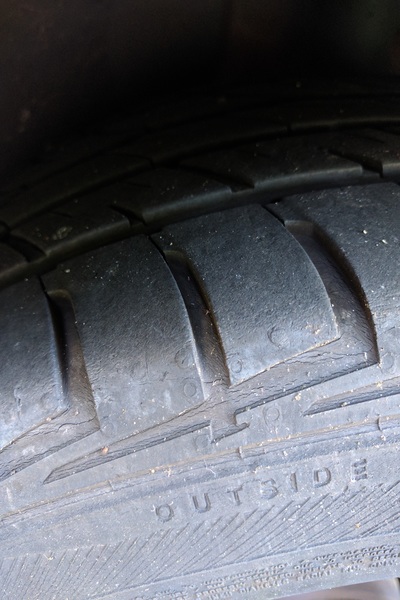 Most tire protectants take several hours to cure, you need to leave them alone. After performing all the above steps. You need to review the tire, if not satisfied, you can repeat the above process. If you feel it is okay, reinstall the tire. So you’ve completed this method.
Most tire protectants take several hours to cure, you need to leave them alone. After performing all the above steps. You need to review the tire, if not satisfied, you can repeat the above process. If you feel it is okay, reinstall the tire. So you’ve completed this method.
Although when the tires are cracked you can repair them, it is better if you store the tires well in the first place. Here are some helpful tips for you:
Above we have shown you how to fix cracked tires: step by step guide. Hope you find useful information from our article. Wish you are successful!
The sight of cracked tires can ruin your day.
It’s a condition that affects your car’s movement and general safety if left unfixed.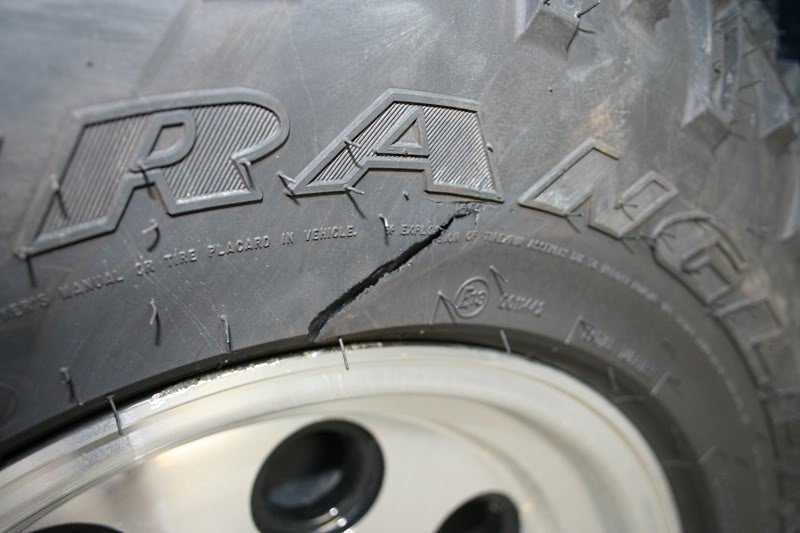 Unfortunately, cracked tires are inevitable. As your car begins to age and the tires are exposed to extreme temperatures, they start to show cracks.
Unfortunately, cracked tires are inevitable. As your car begins to age and the tires are exposed to extreme temperatures, they start to show cracks.
To avoid putting your safety in jeopardy, it’s imperative to learn how to fix cracked tires. In this article, you’ll learn to identify cracks, their causes, how they are fixed, and how you can prevent them.
Table of Contents
It’s fairly easy to notice cracked tires. The following are signs that appear when there are cracks on your vehicle’s tires:
The rubber parts of tires are protected by oils and antioxidants. Frequent usage can make these protective compounds wear away. This makes your tires appear dry and brittle when felt.
Ever noticed splits and cracks on the sidewalls of your tires? They can appear on both sides and are the clearest sign that you have cracked tires.
Cracks can also appear on your tire tread’s outer edges. This is usually caused by dry rot at an advanced stage. The cracks might look small, but they can compromise your car’s handling even when the tread still has enough depth.
This is usually caused by dry rot at an advanced stage. The cracks might look small, but they can compromise your car’s handling even when the tread still has enough depth.
When your car tire’s black color begins to turn grey, there’s a chance it’s due to dry rot. Sometimes, the color starts fading before cracking happens. However, they can both happen at the same time as well.
Dry rot doesn’t happen overnight. It’s caused by several reasons including:
Storing your car in a garage and leaving it unused for a long period can leave the engine in a bad condition. But it can also suffer further damage due to dry rot. As earlier mentioned, tires are protected by oils and antioxidants.
When left unused, these protective compounds can evaporate or leach into the ground. This effectively removes your car’s protective layer, making it vulnerable to cracking
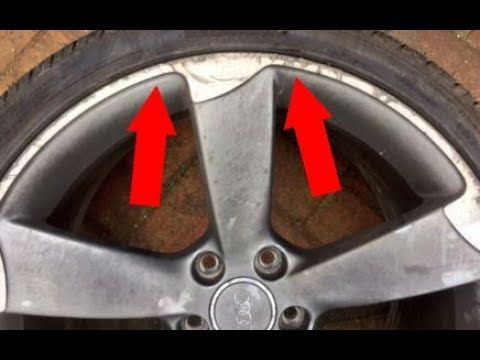 Aging
AgingLike humans, cars age with time. The older they get, the less efficient their parts become. This is also true for car tires. After a while, the rubber begins to age, and dry rot sets in. The aging process can also be accelerated by heavy use.
With your tires running for many miles every day and being exposed to various elements, it will start to crack.
Extreme temperature and humidity are some of the elements that can cause your tires to deteriorate. While this process is gradual under normal conditions, it accelerates when the temperature is particularly high.
When the temperature is low, the rubber becomes rigid as it dries out. This allows dry rot to set in faster. Similarly, when the temperature is high, sunlight breaks down the rubber’s protective compounds causing tires to crack rapidly.
If your tires are made with low-quality materials, you can bet on dry rot to set in easily. Tires face different elements as well as static friction between them and the road. If the rubber and other components are substandard, the cracking process will happen much faster causing your tires to deteriorate at an alarming speed.
Tires face different elements as well as static friction between them and the road. If the rubber and other components are substandard, the cracking process will happen much faster causing your tires to deteriorate at an alarming speed.
It’s crucial to get your car’s pressure right to avoid the effects of under or over-pressurized tires. One such effect is dry rot. When the tires are over-pressurized, there’s additional stress on the walls which may lead to bulging and eventually cause cracks. On the other hand, under-pressurized tires experience more friction with the road. This causes dry rot.
See Also – Tire Pressure Sensor Fault (Causes and How to Fix)
When dry rot sets in, you have the option to change your tires. But If you’re not too thrilled with the idea of replacing your tires every year, it’s best to learn how to fix them. Below are steps to fix your cracked tires.
You can fix your cracked tires with sealants when the cracks are small and not obvious. To ensure this method is done right, you need to buy a sealant that’s suitable for your tires.
Here are the tools you need:
● Dry rot sealant that suits your tires
● Tire inflator
● Tire pressure gauge
● 1/2” Socket wrench or Lug wrench
Follow the steps below to fix your tires with a sealant:
As you may have noticed, your vehicle naturally heats up when driven. For tires, the heating up is a result of the friction between them and the ground. If you’ve recently driven your car, allow it to cool down before you fix the cracks with a sealant.
The next step is to jack up your vehicle and remove the affected tires. You can’t fix tires properly if they are not attached to your car. Therefore, you’ll need the lug wrench or the 1/2” socket wrench to take off your tires to allow you to fix them properly.
The level of damage will confirm if your tires are fixable or they need to be replaced. This inspection also allows you to see the area that’s damaged. With a clear idea of the situation, you can come up with a good plan to fix the tires.
Depending on the kind of sealant, you might need to prepare it according to the instructions. However, some sealants don’t need any special preparation. You can apply them right away. To apply the sealant on the insides of your tires, insert the injector into the valve stem.
With the sealant applied, your tires may have lost some air. Therefore, you need to re-inflate them. Use the pressure gauge to ensure you get the pressure right.
With your tires fixed, re-install them on your car. Some sealants require you to drive your car around immediately after installing.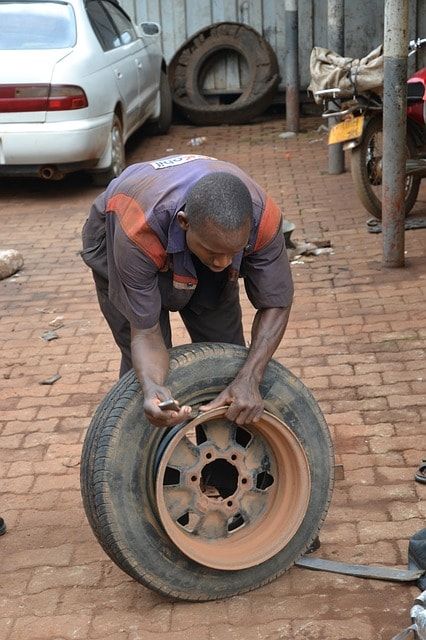 This helps the sealant to circulate and seal the cracks adequately.
This helps the sealant to circulate and seal the cracks adequately.
For visible cracks, this method is ideal. A protectant can fix cracks and help protect the rubber from UV rays.
● Water hose
● Large sponge
● Water-based tire degreaser
● Tire protectant
Like the first method, you need to wait till your tires are cool before taking them out to examine. The inspection will show where the major problem is and if it’s fixable.
With the large sponge, apply the degreaser to your tires. Be sure to apply it to every area of the tires while focusing on the cracked areas. Scrub thoroughly to get the degreaser on the tire’s entire surface.
After applying the degreaser, allow your tires to dry. When dry, wipe down with a clean cloth and rinse with the water hose.
When dry, wipe down with a clean cloth and rinse with the water hose.
When the tires are dry from rinsing, apply the tire protectant. Following the instructions on the protectant, spray it across the tires’ entire surface.
When you’ve sprayed your tires, the cracks should be fixed. You can re-install your tires on your car. If you still see signs of dry rot, repeat the process for better results.
Your tires can’t stay new forever, but with the following measures, you can keep extending their lifespan and keep them from cracking too soon:
● Don’t buy low-quality tires
● Clean regularly
● Cover your car when parked outside
● Maintain ideal tire pressure
● Examine your tires regularly
● Apply protectants frequently
The average life of car tires is six years. After a few years, dry rot is bound to set in. But if you’re quick to fix them, you can easily extend your tire’s lifespan.
But if you’re quick to fix them, you can easily extend your tire’s lifespan.
See Also – What Are Radial Tires?
Tim Miller
Editor-in-Chief at GmundCars.com
Tim is a mechanic and car blogger from Denver, Colorado. He has over 10 years experience in car repair.
Latest posts by Tim Miller (see all)
0003Season
SelectReset filter
advanced selection
Tires with cracks: is it dangerous to drive and how to repair?
09.022022
Author: Sergey Akhmetov
Views: 2544
Changing tires according to the season is an important stage of car maintenance, the timeliness and correctness of which determine the safety of not only the owner of the vehicle, but also others. With this procedure, special attention should be paid to the condition of the tires, since in addition to natural wear, cracks may be present on them. Why they appear, is it possible to drive with such a defect and what to do if it is found - you will find the answers to these questions in this article.
Why they appear, is it possible to drive with such a defect and what to do if it is found - you will find the answers to these questions in this article.
There are 5 main reasons that lead to these defects on tires:
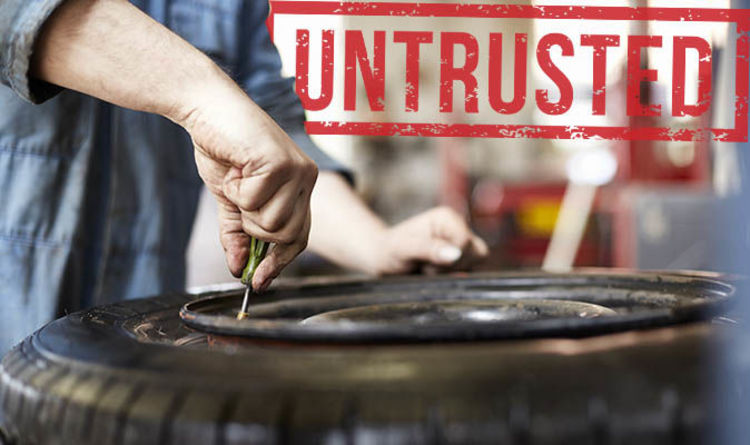
Now that you know the causes of such damage, let's look at their main types.
There are two types of such damage:
 Depth varies within 1-2 mm, can be coherent (such form a "web") and single. These defects are quite difficult to detect, which is their main danger. Despite the shallow depth, they can significantly reduce the performance of the wheel.
Depth varies within 1-2 mm, can be coherent (such form a "web") and single. These defects are quite difficult to detect, which is their main danger. Despite the shallow depth, they can significantly reduce the performance of the wheel. Important! Inspect wheels regularly to detect surface damage early. This will allow timely replacement of defective products and improve the overall safety of the car.
Answer: Cracked tires are dangerous! If they are found, a qualified service technician should be consulted. After diagnosing the condition of the tire, the specialist will give a recommendation for replacement or advise what restrictions must be observed during its further operation.
It should be remembered that any, even minor, tire damage can lead to catastrophic consequences. Using cracked tires, you endanger not only your life, but also the lives of other road users.
Using cracked tires, you endanger not only your life, but also the lives of other road users.
As mentioned above, small cracks lead to a decrease in the service life, and a deep defect can even cause the wheel to break while driving. Therefore, regularly inspect tires and replace them in a timely manner in case of damage.
The use of cracked tires depends on the extent of damage to them.
⚠️ If there are small single cracks (1-2mm) or “webs”, the following restrictions should be observed:
(Otherwise, the destruction of the tire will occur quickly, and the probability of rupture is high)
⛔ If the rubber has deep large cracks, it is extremely dangerous, it is strictly forbidden to drive on such tires!
(This type of damage may cause tire failure while driving even at low speed)
To prevent these defects, follow these guidelines:
 Use special covers and racks, do not expose tires to prolonged exposure to direct sunlight;
Use special covers and racks, do not expose tires to prolonged exposure to direct sunlight; By following these simple guidelines, you will avoid premature tire wear or failure and ensure the safety of your vehicle.
It is impossible to carry out a complete repair if the tire has deep cracks.
Repair of a slope with small cracks is allowed. You can contact the service station, where with special equipment, by melting rubber, or with the help of a patch, the defect will be eliminated.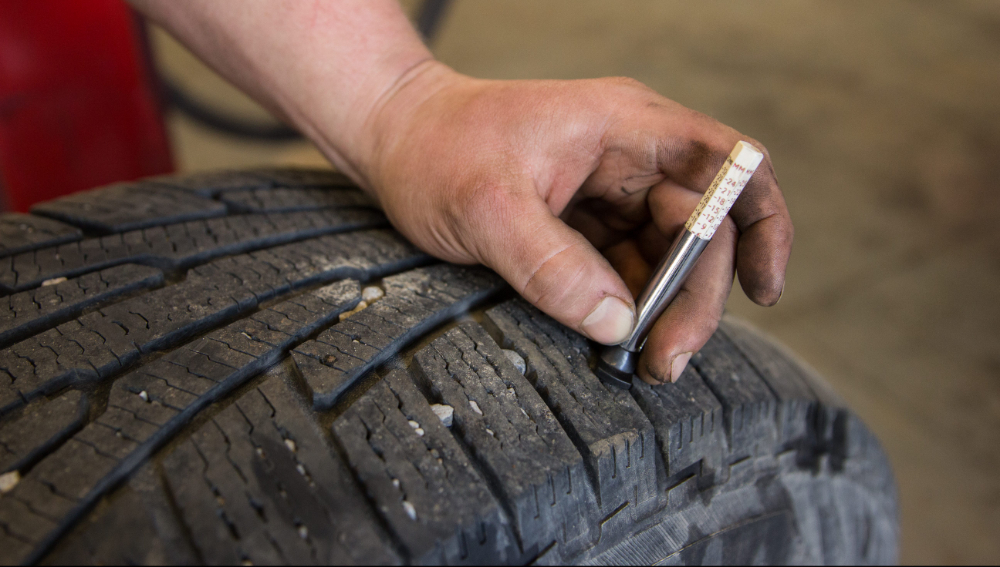 But such a repair is not a panacea, specialists will not give guarantees for long-term mileage after such a “restoration”. This type of repair is carried out under the responsibility of the client and at his discretion. No one will guarantee that after a while you will not find another “web” on your wheel.
But such a repair is not a panacea, specialists will not give guarantees for long-term mileage after such a “restoration”. This type of repair is carried out under the responsibility of the client and at his discretion. No one will guarantee that after a while you will not find another “web” on your wheel.
Don't waste your time and money on temporary repairs and don't risk driving with damaged wheels. It is safer and more reliable to buy a new set of rubber, the integrity and safety of which will not be in doubt.
Timely prevention is also the right decision. There are special silicone-based liquids and sprays that are positioned as a means to slow down aging. With them, tires should last longer.
(When a web appears that has not yet managed to break the rubber structure, it is advisable to use this tool)
To order the tires you need or get additional information, contact our manager in any way convenient for you. Our specialist will answer all your questions and help you choose a set of tires depending on the make and model of your car, season and vehicle operating conditions.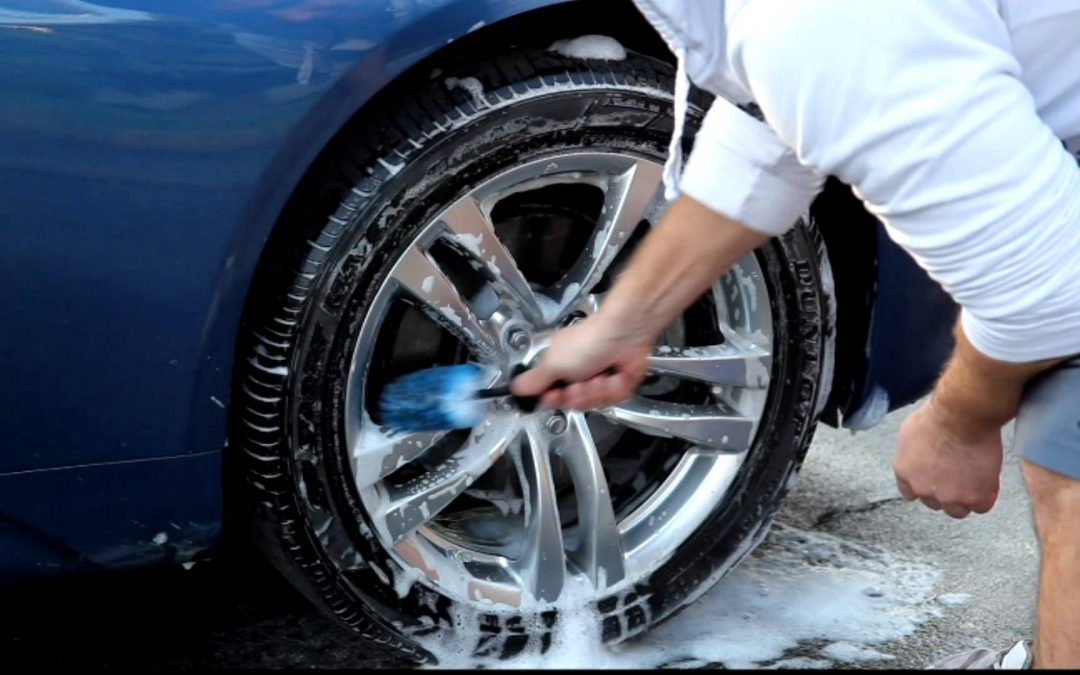
Contents
Quite often, during the operation of cars, cracks appear on the tire tread. In such situations, car owners usually have reasonable questions: “Is it possible to drive with cracked tires? What is the risk of this? To give a detailed answer, you need to fully understand the topic.
There are various causes that contribute to the appearance of small or deep cracks. So, microcracks 1-2 mm deep, resembling a cobweb on tires, indicate improper storage of rubber. Probably the tires were exposed to direct sunlight for a long time or lay in a room where there were sharp temperature changes.
Quite often, minor defects in the grooves of tires appear due to the negative impact of chemicals that are added during the production of asphalt mixtures, or sand-salt solution, which is sprinkled on roads during ice. If the cracks on the tires are more than 3 mm deep, this is a sure sign of rubber wear due to prolonged use. The reason for this is the loss of elasticity due to the gradual evaporation of the resins and oils used in the manufacture of tires.
The reason for this is the loss of elasticity due to the gradual evaporation of the resins and oils used in the manufacture of tires.
Another common cause of cracked rubber is carelessness when beading the wheel. Insufficient experience of the master or the use of low-quality equipment can lead to damage to the cord.
There are different types of cracks on car tires, which differ in depth and location.
When deep longitudinal or transverse cracks appear, there is a threat to the safety of drivers, passengers and other road users, and all because of the ingress of dirt, moisture, chemicals. This can cause a sharp burst of rubber and a serious accident. Therefore, if you notice lateral or longitudinal cracks on tires, it is recommended to replace worn tires as soon as possible.
